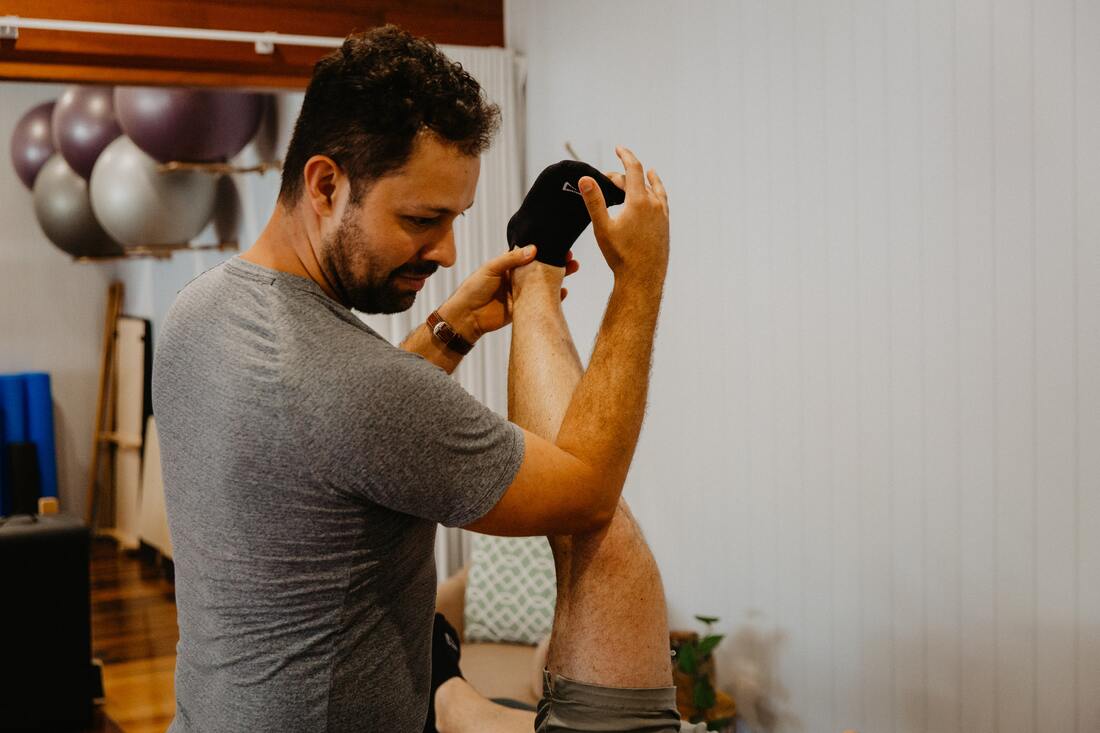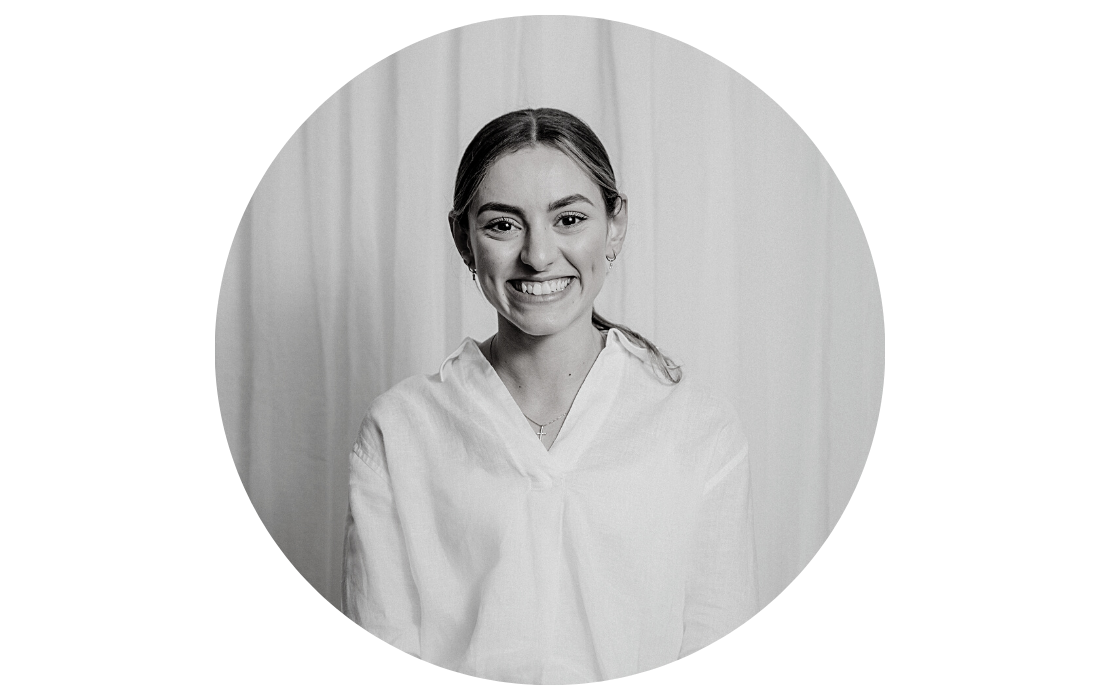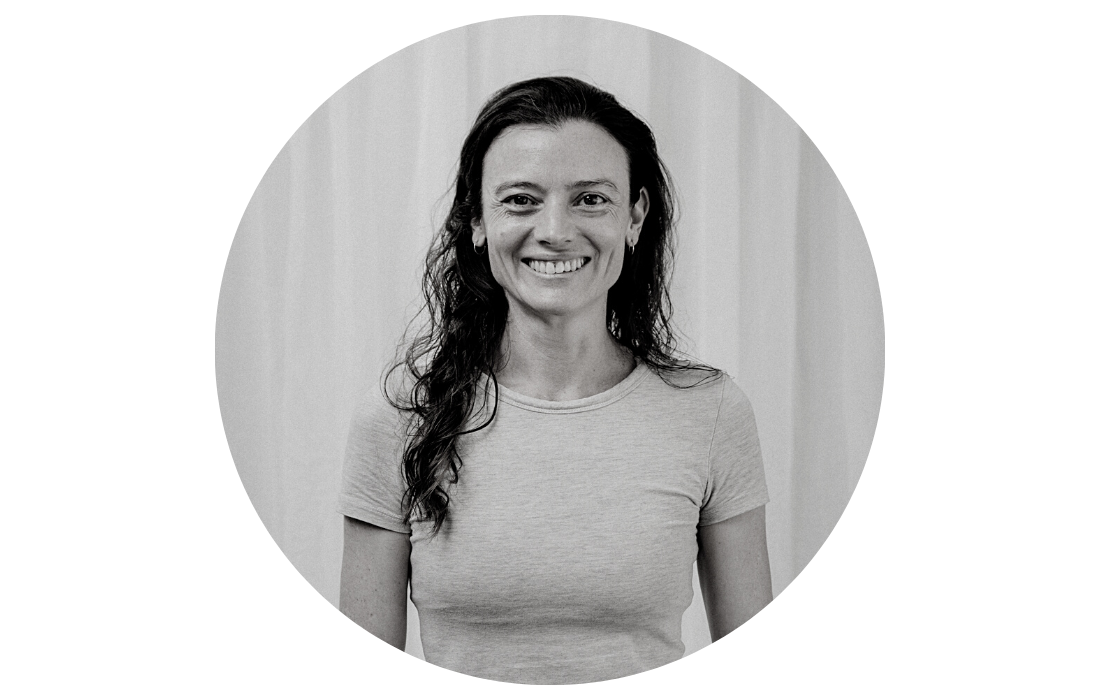Growth related condition physiotherapy Brisbane.
Adolescent physiotherapy Brisbane | Teens physiotherapy Brisbane.
Here at Articulate we enjoy working with a variety of growth related conditions that typically show up in pre-teen and teen years. Growth-related conditions are medical conditions that affect the growth and development of children and teenagers. These conditions can be caused by a variety of factors, including genetic disorders, hormonal imbalances, injuries, and other underlying health problems. Some growth-related conditions are temporary and resolve on their own over time, while others may require medical intervention to manage or treat.
Some growth-related conditions appear in the teenage years because this is a time of rapid growth and development in the body. During puberty, hormonal changes stimulate growth and maturation of the body, including the bones, muscles, and other tissues.
As the body undergoes these changes, there is an increased risk of certain growth-related conditions because the growth plates, which are areas of cartilage at the ends of the bones where growth occurs, are particularly vulnerable to injury and stress during this time.
Additionally, some growth-related conditions may be related to genetics or other underlying health conditions that become more apparent during the teenage years as the body grows and develops. For example, genetic disorders such as Turner syndrome and achondroplasia are typically diagnosed in childhood, but their physical manifestations become more apparent during adolescence as the child's peers continue to grow and develop at a more typical rate.
Overall, the teenage years are a critical time for growth and development, and any disruptions to this process can have long-term consequences. It's important for teenagers to receive regular medical check-ups and to seek the advice of a healthcare professional if they are experiencing any growth-related issues or concerns.
There are several growth-related conditions that can affect teenagers, including:
It's important to note that many of these conditions can be treated with physiotherapy or other conservative treatments if they are caught early. If your teenager is experiencing any growth-related pain or discomfort, it's important to seek the advice of a healthcare professional.
Some growth-related conditions appear in the teenage years because this is a time of rapid growth and development in the body. During puberty, hormonal changes stimulate growth and maturation of the body, including the bones, muscles, and other tissues.
As the body undergoes these changes, there is an increased risk of certain growth-related conditions because the growth plates, which are areas of cartilage at the ends of the bones where growth occurs, are particularly vulnerable to injury and stress during this time.
Additionally, some growth-related conditions may be related to genetics or other underlying health conditions that become more apparent during the teenage years as the body grows and develops. For example, genetic disorders such as Turner syndrome and achondroplasia are typically diagnosed in childhood, but their physical manifestations become more apparent during adolescence as the child's peers continue to grow and develop at a more typical rate.
Overall, the teenage years are a critical time for growth and development, and any disruptions to this process can have long-term consequences. It's important for teenagers to receive regular medical check-ups and to seek the advice of a healthcare professional if they are experiencing any growth-related issues or concerns.
There are several growth-related conditions that can affect teenagers, including:
- Osgood-Schlatter Disease: This condition affects the knee and is caused by repetitive stress or tension on the growth plate at the top of the shin bone. Symptoms may include pain, swelling, and tenderness below the knee cap.
- Sever's disease: Sever's disease is caused by inflammation of the growth plate in the heel bone, which is still developing in children and adolescents. The growth plate is a soft area of cartilage that eventually turns into bone as the child grows. When there is repetitive stress or tension on the growth plate, it can become inflamed and cause pain.
- Sinding-Larsen-Johansson Syndrome: This condition is similar to Osgood-Schlatter disease but affects the growth plate at the bottom of the kneecap. Symptoms may include pain, swelling, and tenderness at the front of the knee.
- Iselin's disease: This condition affects the outer edge of the foot and is caused by repetitive stress or tension on the growth plate of the fifth metatarsal bone. Symptoms may include pain, swelling, and tenderness at the base of the fifth metatarsal bone.
- Little League elbow: This condition affects young baseball players and is caused by repetitive throwing motion that puts stress on the elbow joint. Symptoms may include pain, swelling, and tenderness on the inside of the elbow.
- Scheuermann's disease: This condition affects the spine and is caused by abnormal growth of the vertebrae. Symptoms may include back pain, stiffness, and an abnormal curvature of the spine.
- Adolescent idiopathic scoliosis: This is a condition where the spine curves abnormally, usually in an "S" or "C" shape. It typically develops during puberty and can cause back pain, breathing difficulties, and other complications.
It's important to note that many of these conditions can be treated with physiotherapy or other conservative treatments if they are caught early. If your teenager is experiencing any growth-related pain or discomfort, it's important to seek the advice of a healthcare professional.
Who to book in with:
Yulia Khasyanova
|
Monica Hanna
|
Emma Cameron
|
If you are unsure about which appointment type is right for you, please don't hesitate to get in touch with our friendly reception staff by calling 07 3706 3407 or emailing [email protected].



